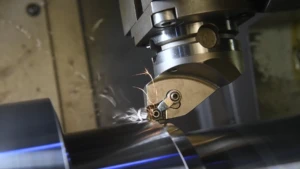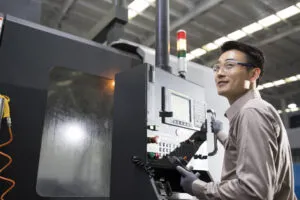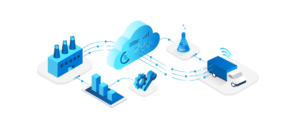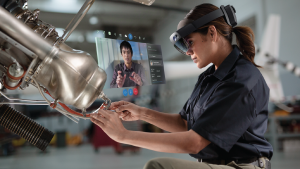
Category: Manufacturing
Explore:


Navigating Microsoft’s inaugural Digital Manufacturing Summit
For the last few years, we’ve saved many of our best Microsoft customer, partner, and Microsoft’s manufacturing solutions news for Hannover Messe, and hope to be able to join the manufacturing community again in person in 2021.
Reimagine a resilient and sustainable future with Microsoft at our Digital Manufacturing Summit
The inaugural Microsoft Digital Manufacturing Summit launched on June 24th, and I hope you will join me and our global community as we share best practices and innovations to help create more agile factories and resilient supply chains during this time of disruption.
New Dynamics 365 Manufacturing Accelerator for supplier management
Following the launch of accelerators in five other industries over the past 18 months, the Microsoft Dynamics 365 Manufacturing Accelerator is now in public preview. Our initial focus is on helping manufacturing organizations adapt to and manage their suppliers.
Supporting the manufacturing community during this challenging time
We are hearing from our manufacturing customers around the globe about how the outbreak of COVID-19 is creating new challenges as they work to handle drastic shifts in materials supply and customer demand, and manage factory closures, while contributing to the production of critical supplies to first-line responders across the globe.
How our open IIoT approach makes manufacturers more agile
Even before we introduced the Azure IoT Suite back in 2015, Microsoft was helping manufacturers realize the full business value of IoT. Backed by decades of experience in enterprise, we quickly became an innovator in industrial IoT (IIoT).
MFG Day: Creators wanted to manufacture a better future
Manufacturing—and the technology that makes it more intelligent—is shaping our future in exciting ways that benefit manufacturers, their employees and customers, and the world at large. Supporting responsible and sustainable manufacturing aligns with Microsoft’s mission to empower every person and every organization on the planet to achieve more.
Addressing the coming IoT talent shortage
This blog is the third in a series highlighting our newest research, IoT Signals.
How manufacturers became world leaders in IoT adoption
This blog is the first in a series highlighting our newest research, IoT Signals.
IDC MarketScape: Microsoft a leader in IIoT platforms for manufacturing and energy
Manufacturers, oil and gas companies, and utilities are vertical markets that we’ve seen go all-in on accelerating innovation through IoT.
Workforce transformation in the intelligent manufacturing era
Read highlights on how the manufacturing workforce is transforming to adopt new technologies, and skill their workforce.
